Australia's dynamic urban landscapes face a critical challenge: how to efficiently manage increasing traffic demands while minimizing environmental impact. As urbanization continues to accelerate, infrastructure consultants and city planners are tasked with finding sustainable solutions for road networks. Among the myriad of options, underground tunnels and elevated highways stand out as prominent contenders. Each has its merits and drawbacks, which must be carefully weighed within the context of Australian cities, their unique geographical features, and economic landscapes.
Understanding the Terrain: Australia's Urban Landscape
Australia is characterized by sprawling metropolitan areas like Sydney, Melbourne, and Brisbane, where traffic congestion is a growing concern. According to the Australian Bureau of Statistics (ABS), Australia's urban population is projected to increase by 30% over the next two decades. This rapid urban growth places significant pressure on existing infrastructure, necessitating innovative solutions to maintain efficient urban mobility.
Underground Tunnels: The Subterranean Solution
Underground tunnels offer a compelling solution to urban congestion. By redirecting traffic below the surface, cities can preserve their landscapes while enhancing road capacity. In Sydney, for instance, the WestConnex project, Australia's largest road infrastructure project, demonstrates the potential of tunnels to improve traffic flow significantly. However, the high cost of tunnel construction, coupled with complex geological considerations, remains a substantial barrier.
Case Study: Sydney's WestConnex Tunnel
Problem: Sydney faced severe congestion issues, particularly in the inner-west and south-west suburbs.
- The city's traffic delays cost the local economy approximately AUD 6 billion annually (Source: RBA).
Action: The WestConnex project developed a series of underground tunnels to alleviate congestion.
- Incorporated advanced tunneling technologies to minimize disruptions and environmental impact.
Result: Reduced travel times by up to 20 minutes, benefiting over 120,000 vehicles daily.
- Contributed significantly to local economic growth by enhancing connectivity.
Takeaway: While tunnels present a high-cost investment, they offer long-term benefits in reducing congestion and enhancing urban mobility.
Elevated Highways: Rising Above the Challenges
Elevated highways present an alternative approach, offering the advantage of utilizing existing airspace. This method is particularly beneficial in areas where land acquisition is challenging or costly. Elevated highways can be constructed relatively quickly and are often less expensive than underground tunnels. However, they can alter cityscapes and face opposition due to potential noise pollution and aesthetic concerns.
Case Study: Brisbane's Gateway Motorway
Problem: Brisbane's Gateway Motorway experienced significant bottlenecks, affecting freight and commuter traffic.
- Traffic congestion led to estimated delays costing AUD 1.6 billion annually (Source: Treasury AU).
Action: The construction of elevated sections aimed to streamline traffic flow and improve access to Brisbane Airport.
- Implemented sound barriers to mitigate noise pollution and maintain community aesthetics.
Result: Increased traffic capacity by 50%, reducing travel times and supporting economic growth.
- Enhanced connectivity between Brisbane and key regional areas.
Takeaway: Elevated highways can be a cost-effective solution in specific urban contexts, offering quick relief to traffic congestion without extensive land disruption.
Pros vs. Cons: Evaluating the Options
Pros of Underground Tunnels
- Preservation of Urban Landscape: Minimal impact on existing cityscapes and land use.
- Reduced Surface Congestion: Diverts traffic away from city centers, improving surface mobility.
- Environmental Benefits: Lower noise pollution and emissions when integrated with green technologies.
Cons of Underground Tunnels
- High Construction Costs: Significant financial investment is required, often leading to budget overruns.
- Geological Challenges: Difficulties in construction due to varying soil conditions and water tables.
- Limited Flexibility: Once constructed, tunnels are challenging to modify or expand.
Pros of Elevated Highways
- Cost-Effective: Generally less expensive than tunnels, with quicker construction timelines.
- Utilization of Air Space: Efficient use of vertical space without extensive land acquisition.
- Flexibility in Design: Easier to modify or expand compared to underground structures.
Cons of Elevated Highways
- Visual Impact: Potential to alter city aesthetics and face community opposition.
- Noise Pollution: Elevated structures can increase noise levels, requiring mitigation strategies.
- Environmental Concerns: Potential disruption to wildlife and natural habitats.
Regulatory Considerations and Economic Impacts
The decision to implement either underground tunnels or elevated highways is heavily influenced by regulatory frameworks and economic considerations. The Australian Competition & Consumer Commission (ACCC) and the Australian Prudential Regulation Authority (APRA) play critical roles in overseeing infrastructure projects, ensuring they meet safety and financial standards.
Additionally, the Reserve Bank of Australia (RBA) highlights that infrastructure investments significantly contribute to economic growth, with every AUD 1 spent generating approximately AUD 2.5 in economic activity. This multiplier effect is pivotal in justifying large-scale infrastructure projects, despite their upfront costs.
Future Trends and Innovations
As technology advances, the future of Australian infrastructure may see a blend of both solutions. Innovations such as prefabricated components for elevated highways and automated tunnel boring machines are set to reduce costs and construction times. Furthermore, integrating smart traffic management systems can enhance the efficiency of both tunnels and highways, optimizing traffic flow and reducing congestion further.
Conclusion: A Balanced Approach for Australia's Future
In conclusion, the choice between underground tunnels and elevated highways is not a one-size-fits-all solution. Australia's diverse urban landscapes demand a tailored approach, considering economic, environmental, and community impacts. By leveraging technology and strategic planning, Australia's cities can develop sustainable, efficient transport networks that cater to future urban growth.
Which solution do you believe is best suited for your city? Share your thoughts and engage in the conversation below!
People Also Ask
- How do underground tunnels impact Australia's economy? Underground tunnels, like Sydney's WestConnex, enhance connectivity and reduce travel time, significantly boosting local economies.
- What are the biggest misconceptions about elevated highways? A common myth is that elevated highways always lead to increased noise pollution, but modern sound barriers effectively mitigate this issue.
Related Search Queries
- Underground tunnels Australia
- Elevated highways benefits
- Australia infrastructure projects
- Urban congestion solutions Australia
- Sydney WestConnex impact
- Brisbane Gateway Motorway benefits
- Infrastructure regulations Australia
- Future of Australian highways
- Economic impact of infrastructure
- Urban planning in Australia



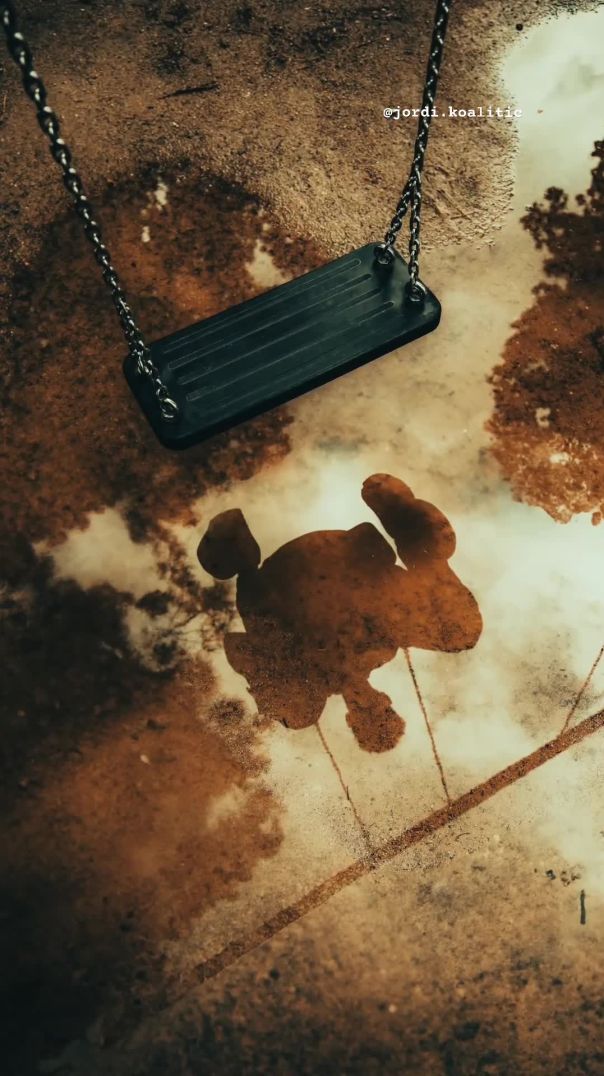


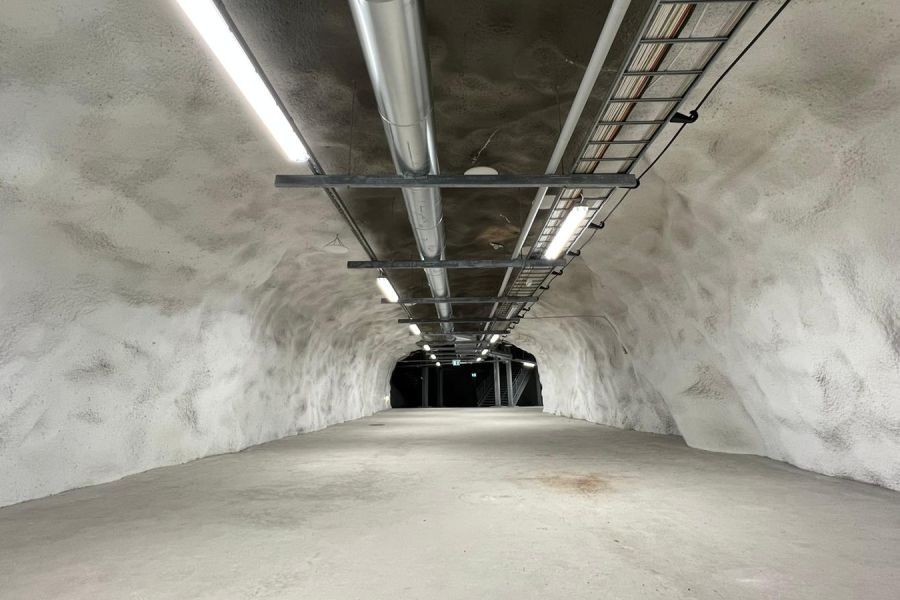
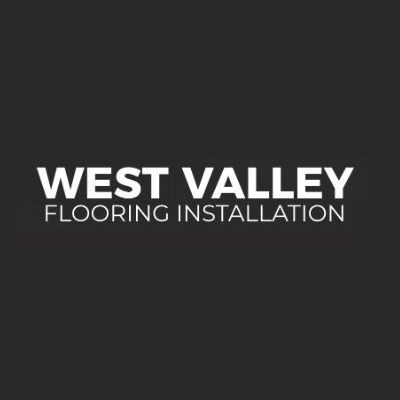





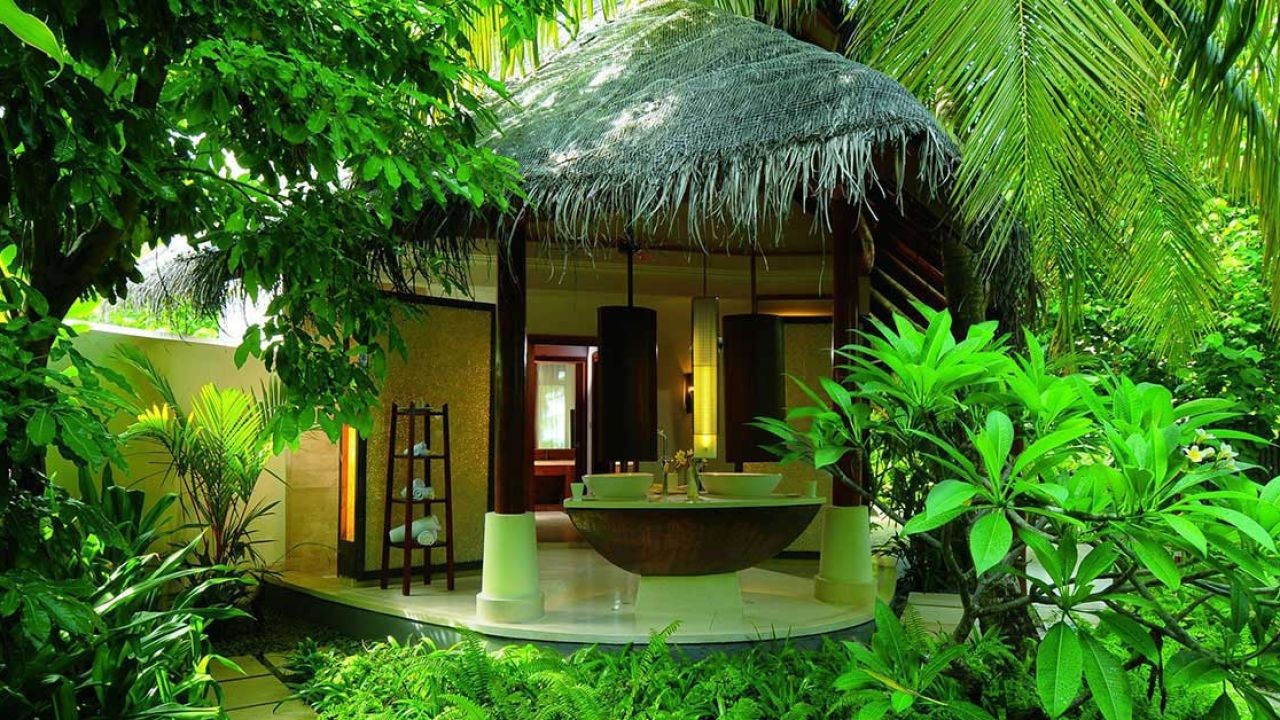















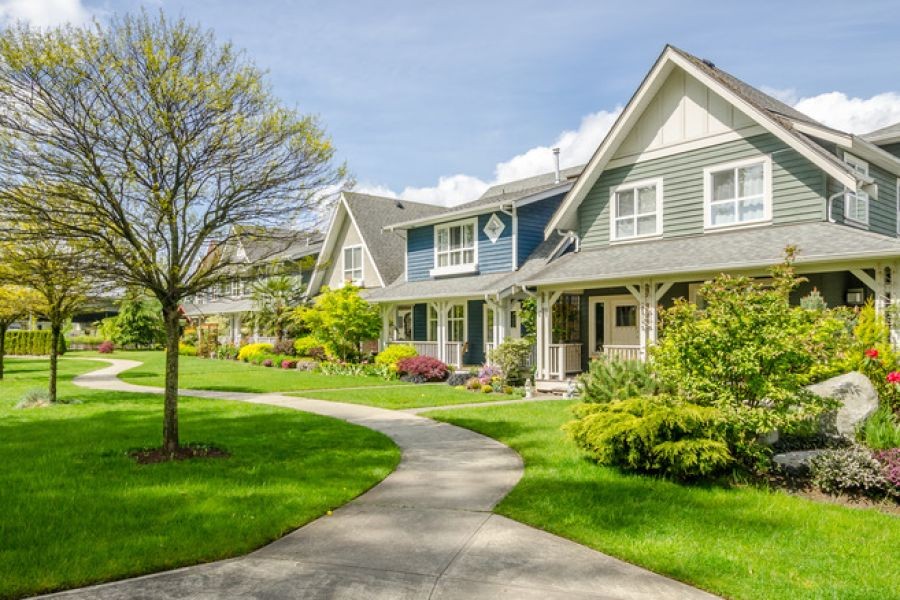
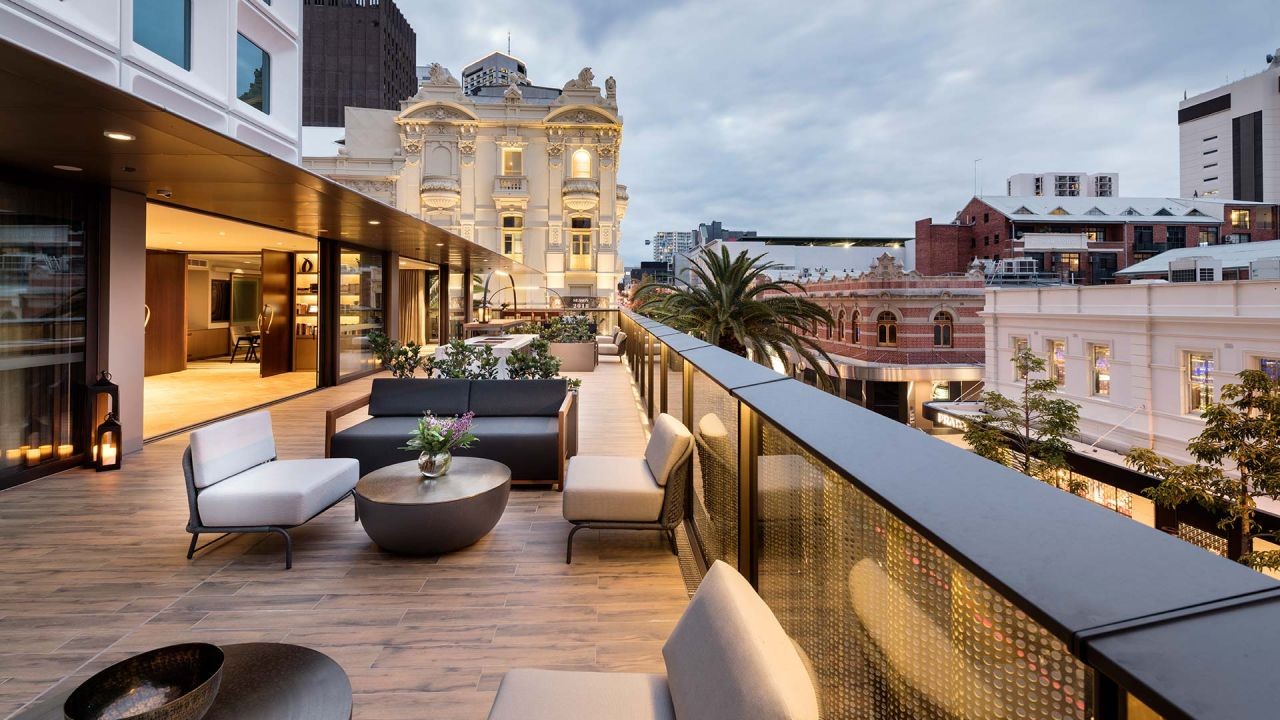
ITEES EYE HOSPITAL DM
5 months ago